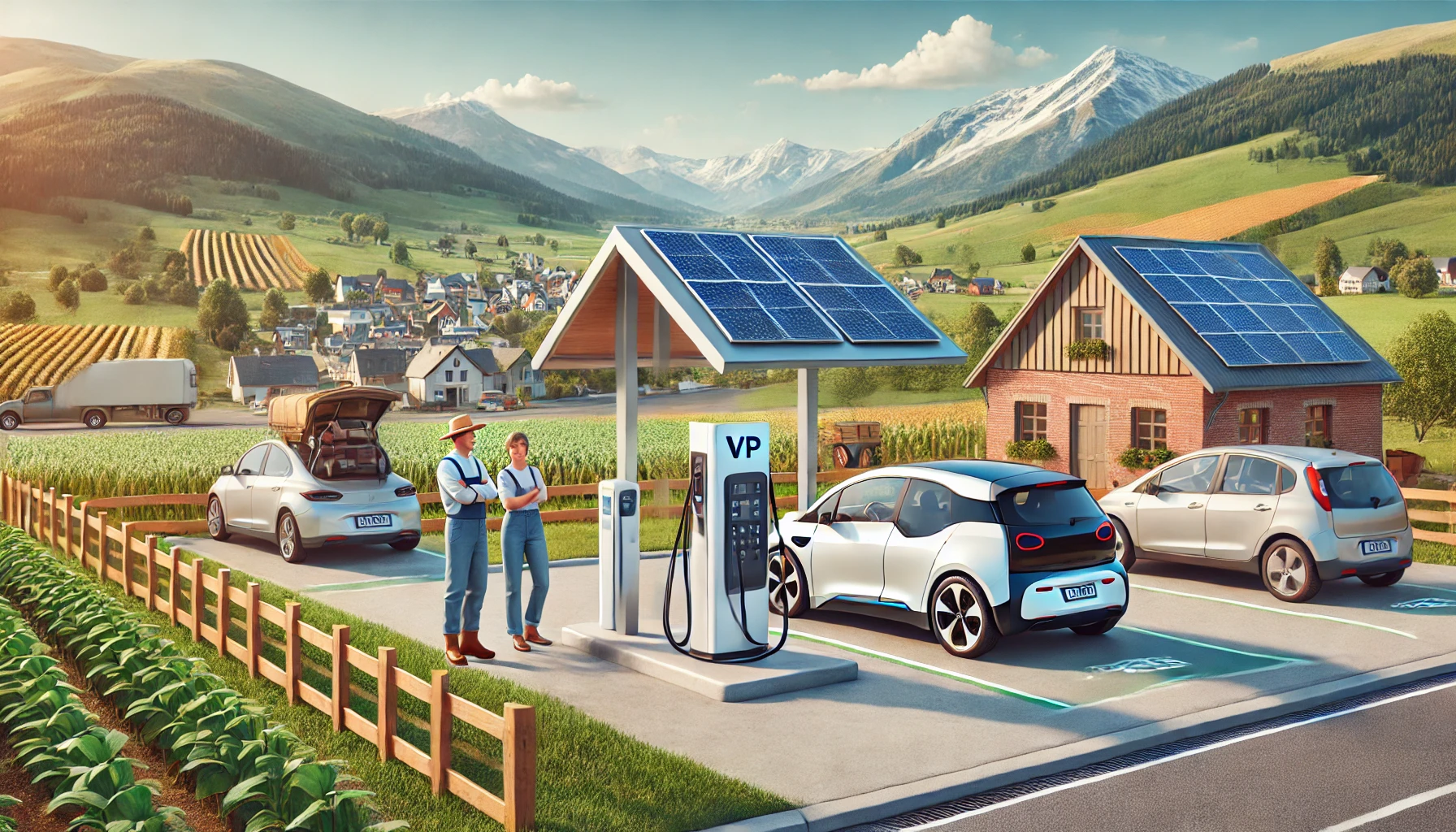


The electric vehicle (EV) revolution gained significant momentum in 2021, with a remarkable expansion of charging infrastructure across the globe. As more consumers embraced electric vehicles, the need for accessible and efficient charging solutions became paramount. This blog post explores the growth of EV charging infrastructure in 2021, highlighting key developments, challenges, and future prospects.
In 2021, the number of public EV charging stations surged, with reports indicating a nearly 40% increase in publicly available charging points. This growth was not just limited to urban areas; rural regions also saw a significant rise in charging infrastructure, making EVs more accessible to a broader audience. For instance, the U.S. alone added thousands of new charging ports, reflecting a commitment to supporting the growing EV market.
Governments worldwide recognized the importance of EV infrastructure in achieving climate goals. In 2021, many countries introduced supportive legislation and funding initiatives aimed at accelerating the deployment of charging stations. For example, the U.S. government allocated billions in infrastructure funding, which spurred local governments and private companies to invest in charging networks. These incentives played a crucial role in fostering a favorable environment for EV adoption.
The growth of EV charging infrastructure was driven by a mix of established companies and innovative startups. Major players like Tesla, ChargePoint, and Electrify America expanded their networks significantly, while new entrants brought fresh ideas and technologies to the market. Collaborations between automakers and charging network providers also became more common, enhancing the overall charging experience for consumers.
Despite the positive growth, the EV charging industry faced several challenges in 2021. High installation costs remained a significant barrier, particularly for small businesses looking to enter the market. Additionally, public awareness and acceptance of EVs and charging stations were still developing, necessitating educational campaigns to inform consumers about the benefits of electric vehicles. Technological barriers, such as the need for standardized charging protocols, also posed challenges for widespread adoption.
Looking ahead, the future of EV charging infrastructure appears bright. Experts predict continued growth in the number of charging stations, driven by advancements in technology and increasing consumer demand. Innovations such as ultra-fast charging and wireless charging are on the horizon, promising to enhance the convenience of EV ownership. Furthermore, the integration of renewable energy sources into charging stations will play a vital role in promoting sustainability and reducing the carbon footprint of electric vehicles.
The growth of EV charging infrastructure in 2021 marked a pivotal moment in the transition to electric mobility. With supportive government policies, key market players, and a commitment to overcoming challenges, the foundation for a robust charging network was laid. As we move forward, the continued expansion of this infrastructure will be essential in making electric vehicles a viable option for all consumers.